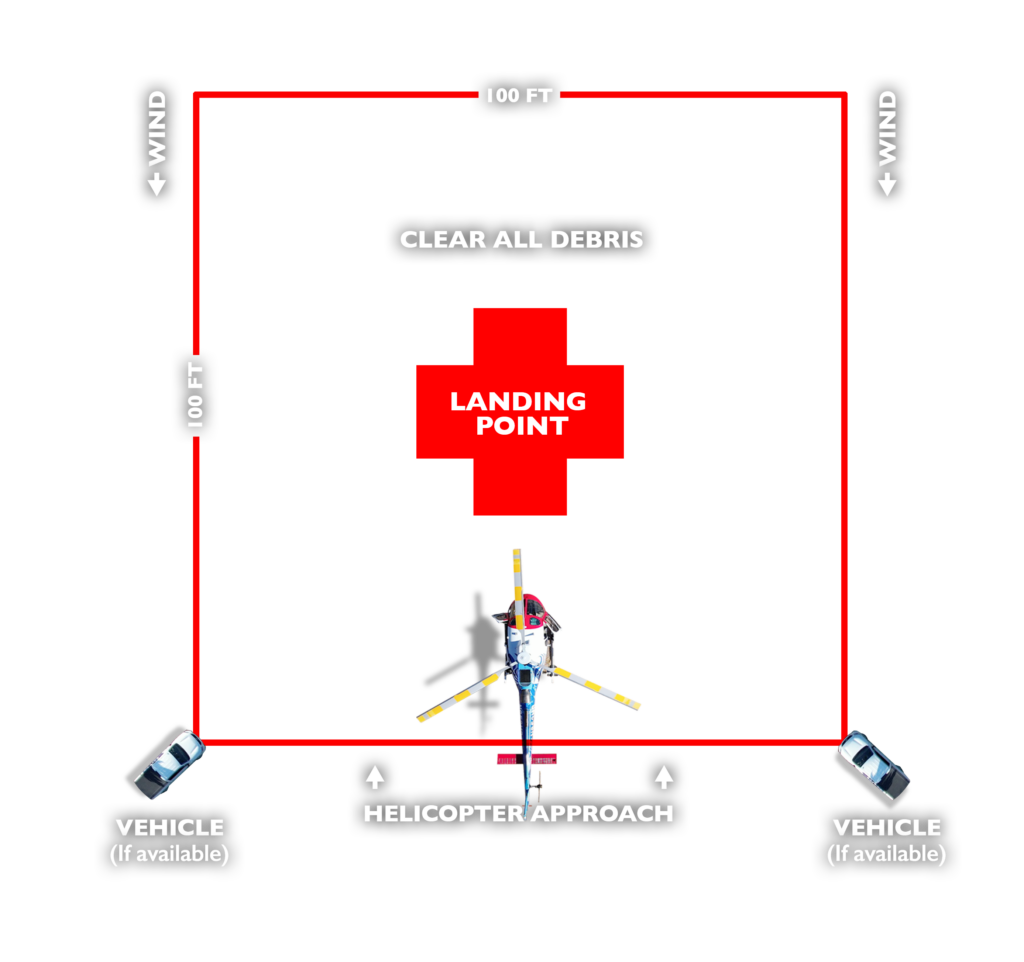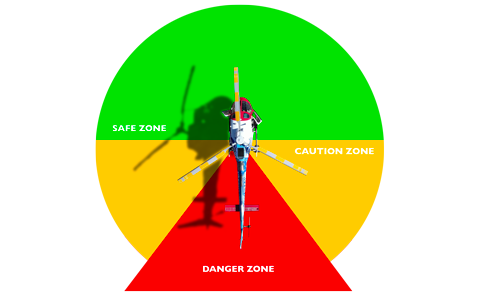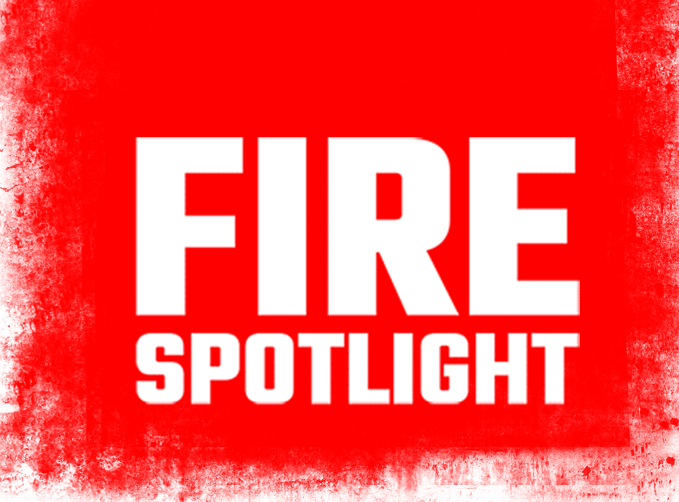In this fireground training, firefighters learn how to prepare and manage an emergency helicopter landing zone during a “hotload” mountain rescue scenario in Estes Park , CO. The training features Med Evac (Medical transport service based out of Greeley, Boulder and Sterling Airport, CO), Allenspark Fire and Estes Park Health.
VIDEO TRANSCRIPTION:
LZ Commander: All units, all units. This is LZ operations. Helo is four minutes out.
LZ Commander: Med Evac Two, Allenspark Fire.
The landing zone commander as the person designated to prepare the landing zone and assist in the landing of the helicopter.
Clear a 100 foot by 100 foot landing area free of all debris during night rescues position vehicles outside the landing zone so that their headlight beams are crossed clearly marking the landing zone for the pilot.

Dust powdered snow and debris may create a visible hazard as the pilot lands and takes off. This can be reduced by watering down the landing zone.
LZ Commander: We have a two knot south wind going to calm.
The commander must communicate key ground information over the radio to the pilot.
LZ Commander: Hazards are going to be power lines that are more or less along the edge of the treeline.
LZ Commander: There are a few telephone poles or utility poles that you’ll to see.
A good way to help identify overhead wire obstacles is to place your squad car or engine under the wires with your overhead strobes on.
LZ Commander: Your patient is gonna be four, five kilos. And the temperature is 51 degrees.
Patients should be at a safe distance outside the helicopter landing zone.
If traffic is a potential obstacle, it should be stopped or slowed until the landing zone is clear for the aircraft.
LZ Commander: Once we gain visual, are we standing inthe middle of the LZ, with the fluorescent vest.
LZ Commander: I have eyes on you now to the north of the LZ is gonna be an engine and an ambulance for reference. You are clear to land at your discretion.
The helicopter will normally land into the wind unless a hazard prohibits this action. After the helicopter lands for safety reasons, do not approach the aircraft until a flight member or the pilot instructs you to do so.
The landing zone commander should designate a person to watch and guard the rotor tail. The person will guard against anybody approaching the tail.
The flight team will provide any pre-flight education to the patient. The team will then transport the patient into the helicopter.

Always approach the helicopter from the 12 o’clock position.
This makes it easier for the pilot, as well as the crew members, to be able to quickly stop your approach if needed.
Approach and depart from the safe zone. Never walk into the danger zone or behind the aircraft, never walk under the tail boom or around the tail rotor approach from downhill side on uneven terrain.
Please ensure that you and the patient have no loose clothing or items that may become a hazard.
Lifting help is always appreciated, but when it comes to the operation of the patient litter, please leave the operation of this to the flight team.
Medevac would be happy to provide your. See your facility with hands on landing zone training, free of charge, please contact medevac at 1-800-247-4357 to set up a training.
LZ Commander: Thanks for coming, fly safe.
